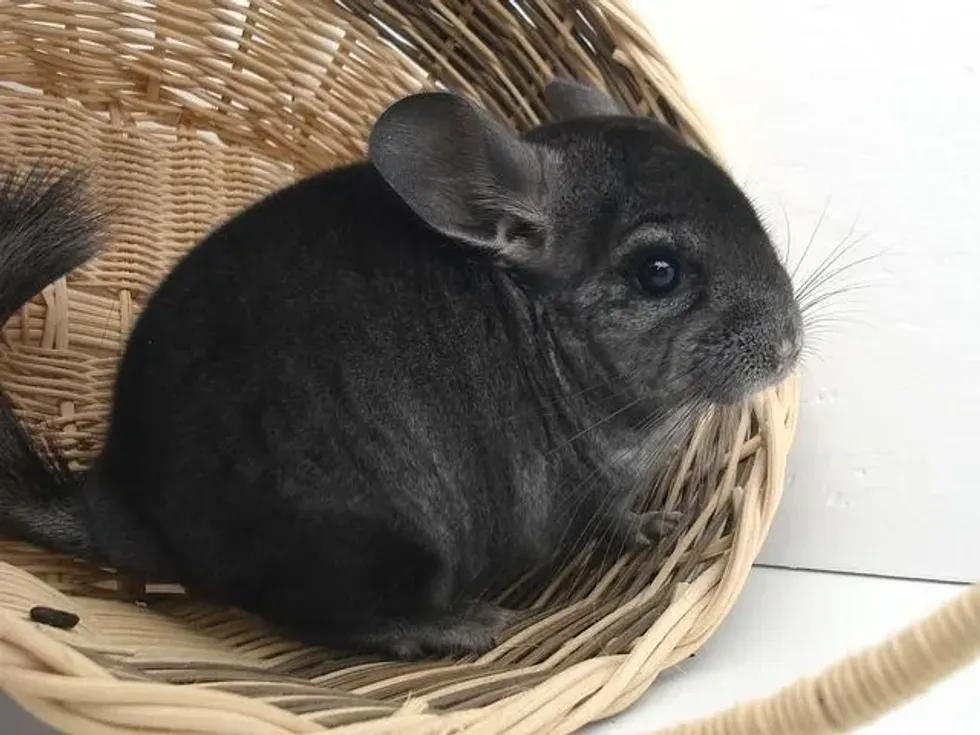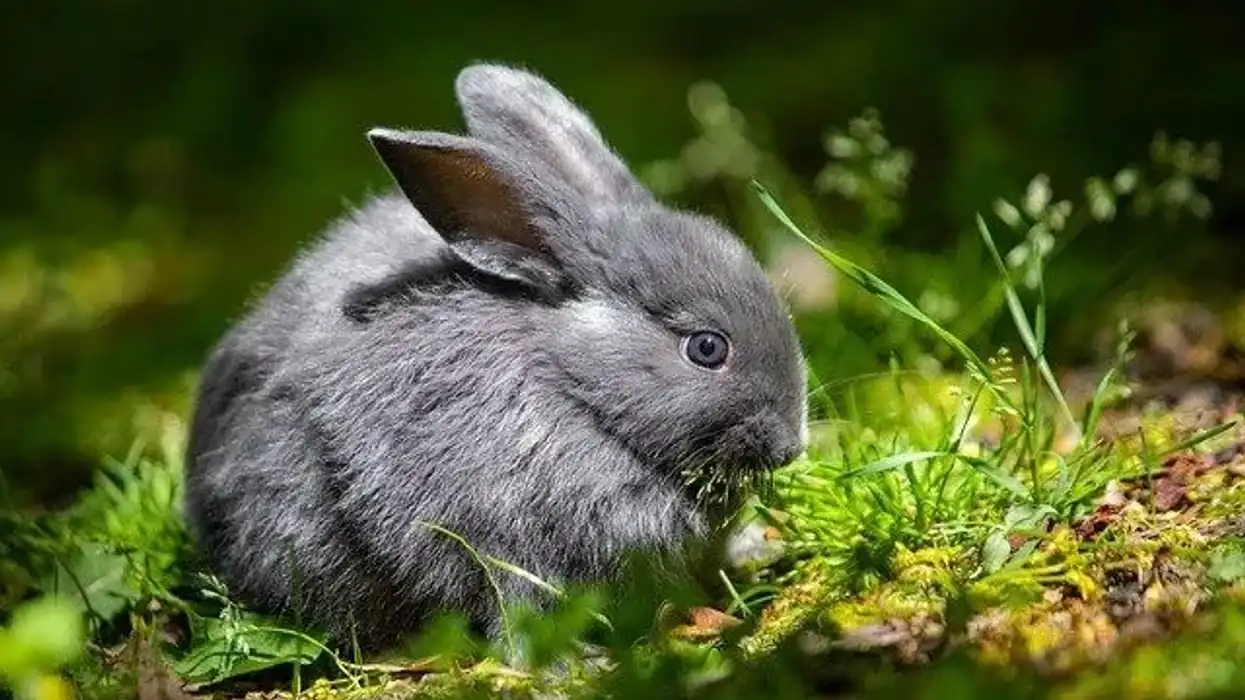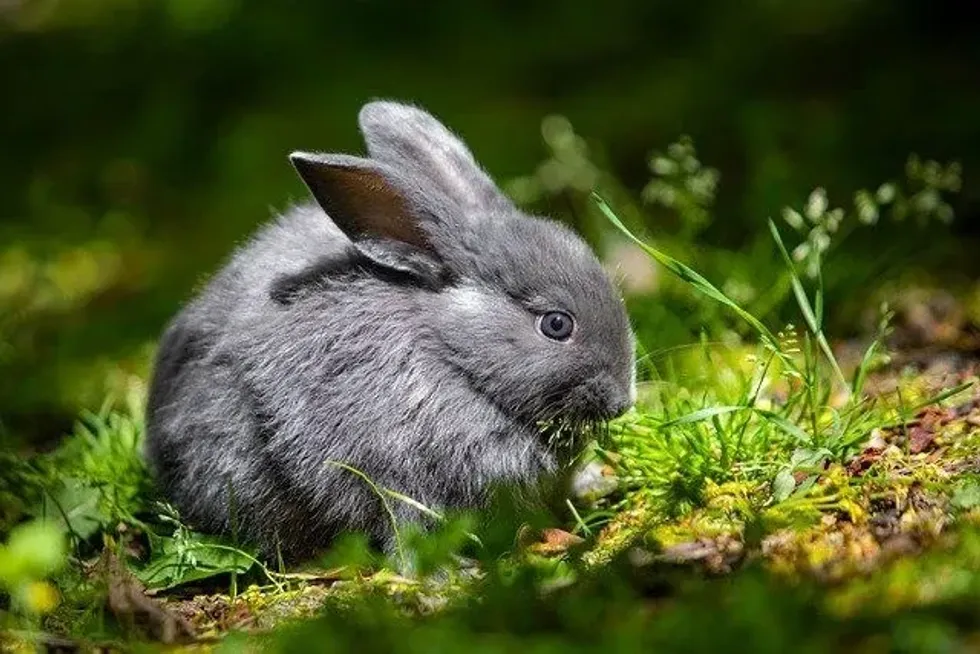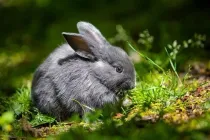Fun Chinchilla Rat Facts For Kids
Chinchilla rats are one of the most interesting species in the animal kingdom. They are small, rodent-like creatures that live in South America.
The Bennett's chinchilla rat has fur that is a creamy white color and it can be found on their ears as well as their body length.
The chinchilla rats have an average lifespan of about 10-15 years and they typically weigh less which makes them incredibly easy to care for! We will explore some more information about chinchilla rats including where they live, what they eat, how big they get, and much more!
The Bennett's chinchilla rat abrocoma, which is also known as the Bolivian chinchilla rat, has a distinctive long tail that makes it easy to identify from other hystricognath rodents.
They are known to eat fruits and vegetables but can also be pests for farmers as well because of their ability to climb trees with ease which makes them difficult to trap without special equipment.
Chinchilla rats are unusually fast climbers due to being just agile on four legs with moderate body length and head, like other smaller rodent species from around the world so it's no surprise that these little guys spend most of their time up high where there is plenty more food waiting for them.
They are found in many parts of South America such as Northern Chile, Central Bolivia, and Peru.
Legend has it that the first chinchilla rats were discovered in Peru, and they had been living with indigenous tribes for centuries.
It is not clear how this rodent made its way to North America but some experts believe that these animals may have escaped during a shipment of supplies from South America or simply came across on their own.
Unfortunately, they're critically endangered.
In some regions, they are considered pests because they will dig up crops and damage buildings by nesting inside them. Unlike the Norway rat, which only lives in human habitats or close to humans, chinchilla rats can be found living in various types of environments including forests, grasslands, and deserts.
Chinchilla rats are rodents that live in the Andes mountain range.
Chinchilla rats have long hair, big eyes and ears, a tail with stiff hairs on it to keep warm, and whiskers to find food.
For more relatable content, check out these rice racts facts and kangaroo rats facts for kids.
Chinchilla Rat Interesting Facts
What type of animal is a chinchilla rat?
Abrocomidae chinchilla rats are a type of small rat that can be found as far North and South America. They have long, soft fur on their tails which they wrap around themselves during the cold months to stay warm.
What class of animal does a chinchilla rat belong to?
The furry creature is known as both the "chinchilla" and "rat,". They're classed under Mammalia, and belong to the family abrocomidae, rather than rodents because their hind feet have five toes (in contrast to four).
The abrocoma cinerea is an agile creature that uses long tails to balance on rocks while hunting for insects such as ants and is critically endangered currently.
How many chinchilla rats are there in the world?
Well, there are lots but we don't have an exact number because they're so small you can barely see them, unless they've seen a delicious puddle of water nearby which will cause them to get thirsty and start searching for some! As their status is Critically Endangered, their numbers are falling drastically!
Where does a chinchilla rat live?
A Bennett's chinchilla rat is a type of rat that lives in burrows in the forest as well as other types of habitats such as mountains, meadows, and even trees, especially those of Argentina, and South America!
What is a chinchilla rat's habitat?
The abrocomidae chinchilla rats inhabit regions on both sides of the continent: Peru, Bolivia (both located in South America), and the mountains of Argentina where they share their habitat with cougars (a kind cat). Abrocoma cinerea rats are so common in Central Bolivia and South America that they also go by the name Bolivian chinchilla rat abrocoma!
Who do chinchilla rat live with?
The abrocomidae chinchilla rat species can either be found in the mountains or hills as well as gardens and meadows of South America. These abrocoma cinerea species are social animals that prefer to live in burrows in groups of 6-10 individuals but their herd size varies depending on what kind of habitat they're inhabiting at the time.
How long does a chinchilla rat live?
Chinchilla rats are among the largest rodents in Central and South America, and they can live for 10-15 years.
How do they reproduce?
Chinchilla rats species are prolific breeders, producing up to six offspring per litter! They also have trouble reproducing under captive conditions and usually only average one birth every two years or so.
Chinchilla rats live solitary lives and have a rather low population. In an attempt to keep their numbers up, they reproduce five or six rat babies in one go with the female rat being pregnant for about two months on average before giving birth!
What is their conservation status?
The ashy chinchilla rat species is one cute little guy- not to mention they have been documented to be declining in many countries on earth and their conservation status is Critically Endangered for now. Most of them are found across the span of Central, and South America!
Chinchilla Rat Fun Facts
What do chinchilla rat look like?
The first thing you notice about an ashy chinchilla rat species also called chinchilla rat abrocoma boliviensis, may be its armor-like fur coat that boasts hues in many colors like browns, blacks, greys, etc., but if given enough time to get acquainted with this creature more closely it will reveal itself as one very playful rat!
For example, they love playing around on their hind legs while balancing themselves by holding onto nearby branches with both hands; all just for your entertainment!
It has long fur and large ears, making it look similar to a woodchuck!
They have long, soft fur that is very dense so they can survive in cold climates of South America even though their body temperature doesn't always match the air around them!

*Please note, this an image of a general chinchilla, if you have a photo of a chincilla rat, let us know at hello@kidadl.com.
How cute are they?
The ashy chinchilla rat of South America is a tiny rat species that looks like a cute little ball of fluff. They are often used as pets because they love being petted by a human family.
The fluffy, white fur and large eyes make the adorable creature highly desirable for those looking to own an exotic animal but don't want something too large or expensive such as cats or dogs.
How do they communicate?
Abrocomidae chinchilla rats are social animals that live in large groups. They communicate with a variety of sounds, such as hissing and chirping.
These small rats, known for their soft fur, have been observed to vocalize through high-pitched squeaking or clicking noises when excited; these can also be used during territorial disputes between two males (although they do not fight).
When mating, the male species will make this sound while chasing after his female counterpart species, though he does not actually harm her!
How big is a chinchilla rat?
The Bolivian chinchilla rat abrocoma species is a small rat that can be found in the Andean regions of South America, Argentina, and Northern Chile. Their size ranges between 5.5-6.2 in (14-16 cm). Their tails are typically 1 in (2.5 cm) long, which they use to balance as they walk upright on two legs as humans do!
How fast can a chinchilla rat run?
The fastest recorded speed is 10-14 mph (15-25 kph) for this rat species.
How much does a chinchilla rat weigh?
The Bolivian chinchilla rat abrocoma species is a small rat that weighs up to 1.3 lb (600 g), but averages around 300. The ashy chinchilla rat abrocoma cannot jump or climb well due to its stubby limbs and short tail, so spends most of the time on all fours exploring everything with their whiskers for food.
What are their male and female names of the species?
The enigmatic abrocomidae ashy chinchilla rat abrocoma species is a small of South America, furry creature with large eyes and whiskers. While both sexes have strikingly similar appearances to one another they are actually two separate species altogether! The female and male ashy chinchilla rat abrocoma both go by the name chinchilla rats with no separate scientific terminology!
What would you call a baby chinchilla rat?
A baby chinchilla rat species is a small, furry creature with cute whiskers that likes to eat breakfast cereal and watch TV. Although they do not have any specific names, they are commonly referred to as baby chinchilla rats!
What do they eat?
The threatened chinchilla rat species is a small animal that eats fruits, vegetables, and hay. It can also eat small plants when it's necessary for survival but this food source isn't as nutritious to the rat so they try their best not to have too much of an imbalance in any one direction!
Are they dangerous?
The chinchills species are not dangerous, but they can be a nuisance. Although chinchillas species bites are not life-threatening for humans, it is highly likely that the animal would need to be euthanized because of rabies or a similar illness. Chinchillas have small teeth and sharp incisors which can cause significant damage when biting down on their prey.
Would they make a good pet?
Though they might not be as popular or well known as some other animals like a cat or bulldogs, these wonderful creatures will enrich any family's home with their adorable personality traits such as curiosity about the world around them and unending love for being petted by a human family who show interest in their care.
Did you know...
The threatened chinchilla's fur is often used in the manufacturing of clothing due to its ability to keep warm. While it may not seem like they would be related to rat species, chins actually share a common ancestor back 100 million years ago when all mammals were most likely small nocturnal creatures who lived on insects!
What's the difference between a chinchilla and a rat?
Chinchillas and rats are both furry, small mammals that live on the ground.
However, there are some differences between them. While they may look similar to one another at first glance with their silky fur coats and bushy tails, but if you take a closer look it is easy to see how much more different these two creatures really can be from each other than what meets the eye!
Chinchillas are adorable little creatures with soft fur and big ears.
They're also the second-largest rodents in the world, after beavers (more on them later). Rats can come across as cute for some animals but they have sharp teeth that make it hard to tell if you've seen one or not before Some people say that the difference between a chinchilla and rat is their tails.
However, in actuality rats have stubby little tails while chinchillas are plush with fluffy fur on them!
Do chinchilla rat hibernate?
You may think that chinchilla rats hibernate, but they actually have a sleeping pattern closely resembling human sleep. The Bennett's chinchilla rats are known for their thick fur and adorable features but did you know that these furry creatures also have a very high body temperature!
This means that in the winter months when it's cold outside there is no need to worry about your pet getting too chilly! They don't hibernate!
Here at Kidadl, we have carefully created lots of interesting family-friendly animal facts for everyone to discover! For more relatable content, check out these Asian elephant facts and blue sheep facts pages.
You can even occupy yourself at home by coloring in one of our free printable Chinchilla rat coloring pages.
We Want Your Photos!
More for You
See All
Bachelor of Dental Surgery, Master of Public Health

Iram AshfaqBachelor of Dental Surgery, Master of Public Health
With a Bachelor's degree in Dental Surgery from Shaney Institute of Health Sciences and a Master's degree in Public Health from Imperial College London, Iram is a highly qualified and accomplished writer from Srinagar, India. Over the course of a year, she has acquired multiple writing certifications, focusing on health sciences and research studies. Prior to joining Kidadl, Iram gained valuable experience working as a content writer for Indian firms and interning at a New York-based company. Her expertise and passion for writing shine through in her ability to create compelling content across a variety of topics.
Disclaimer
1) Kidadl is independent and to make our service free to you the reader we are supported by advertising. We hope you love our recommendations for products and services! What we suggest is selected independently by the Kidadl team. If you purchase using the Buy Now button we may earn a small commission. This does not influence our choices. Prices are correct and items are available at the time the article was published but we cannot guarantee that on the time of reading. Please note that Kidadl is a participant in the Amazon Services LLC Associates Program, an affiliate advertising program designed to provide a means for sites to earn advertising fees by advertising and linking to Amazon. We also link to other websites, but are not responsible for their content.
2) At Kidadl, we strive to recommend the very best activities and events. We will always aim to give you accurate information at the date of publication - however, information does change, so it’s important you do your own research, double-check and make the decision that is right for your family. We recognise that not all activities and ideas are appropriate for all children and families or in all circumstances. Our recommended activities are based on age but these are a guide. We recommend that these ideas are used as inspiration, that ideas are undertaken with appropriate adult supervision, and that each adult uses their own discretion and knowledge of their children to consider the safety and suitability. Kidadl cannot accept liability for the execution of these ideas, and parental supervision is advised at all times, as safety is paramount. Anyone using the information provided by Kidadl does so at their own risk and we can not accept liability if things go wrong.
3) Because we are an educational resource, we have quotes and facts about a range of historical and modern figures. We do not endorse the actions of or rhetoric of all the people included in these collections, but we think they are important for growing minds to learn about under the guidance of parents or guardians.







